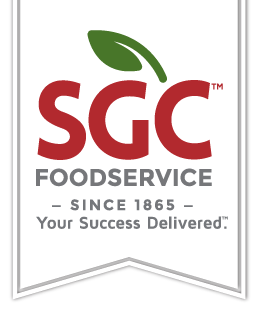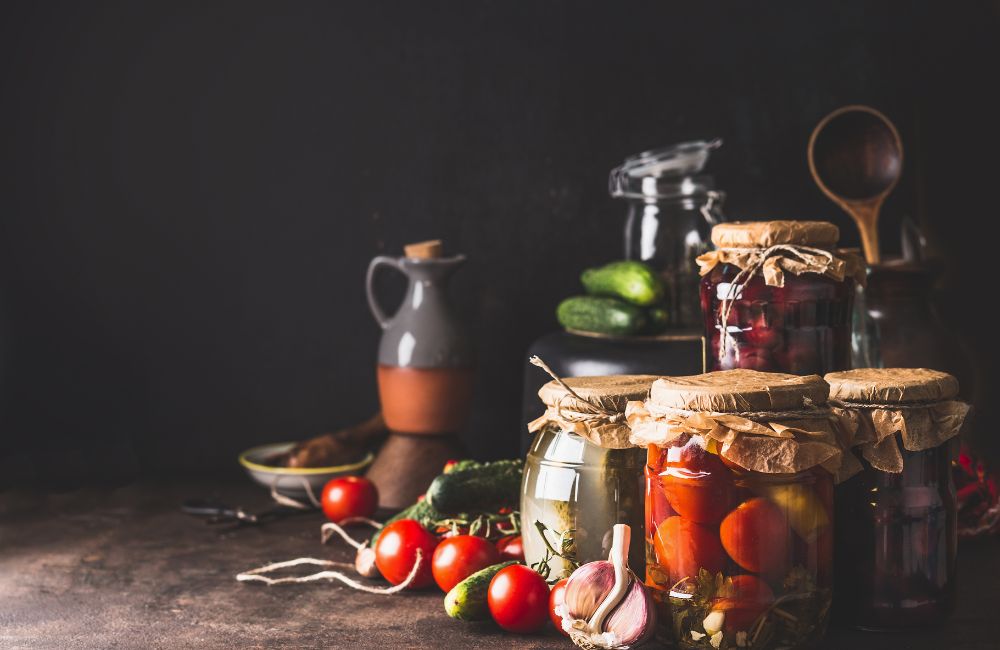Extending the Shelf Life of Fall Produce
As the crisp air of autumn rolls in, so does an abundance of seasonal produce. The vibrant oranges, deep reds, and earthy browns of fall fruits and vegetables offer not just beauty, but a wealth of flavors and nutrients. How can you extend the life of these seasonal treasures, preserving their goodness for months to come? The answer lies in the time-honored practices of fermentation and pickling. These techniques not only reduce food waste, but also add unique flavors and textures to your dishes, making them a valuable addition to any kitchen. Stand out from other businesses, and your customers will recognize your methods.
The Science Behind Fermentation and Pickling
Fermentation Basics
Fermentation is a fascinating biological process that has been used for centuries to preserve food. At its core, fermentation involves the breakdown of sugars in food by microorganisms—primarily lactic acid bacteria and yeasts—under anaerobic (oxygen-free) conditions. These microorganisms convert the sugars into acids, gases, or alcohol, which act as natural preservatives.
Lactic acid fermentation, for example, produces the tangy flavor we associate with foods like sauerkraut and kimchi. This process not only extends the shelf life of the produce but also enhances its nutritional profile by increasing the availability of vitamins, minerals, and beneficial probiotics. Fermented foods are known for their complex flavors, which can range from mildly tangy to intensely sour, depending on the duration and conditions of the fermentation.
Pickling Fundamentals
Pickling, while often associated with vinegar, can also involve salt-brine solutions. The key difference between pickling and fermentation lies in the method of preservation. Traditional vinegar-based pickling uses acetic acid to preserve food, giving it a sharp, tangy flavor. On the other hand, salt-brine pickling encourages natural fermentation, similar to the process used in making sauerkraut or dill pickles!
Both methods are excellent for preserving the flavor and texture of fall produce. Vinegar pickling is faster and tends to result in a more consistent product, while salt-brine pickling allows for the development of deeper, more complex flavors over time.
Safety Protocols for Fermentation and Pickling
Importance of Cleanliness
When fermenting or pickling, cleanliness is crucial! Start by thoroughly cleaning and sterilizing all equipment, including jars, lids, and utensils. This reduces the risk of contamination, which can spoil the produce and even pose health risks. Handle produce with clean hands and consider wearing gloves when chopping or packing the ingredients.
Monitoring Fermentation
Successful fermentation requires close monitoring. Don’t worry if you see a little foam or bubbles – this indicates active fermentation! However, be on the lookout for mold, unpleasant odors, or slimy textures, as these can signal that something has gone wrong. If you encounter any of these issues, it's best to discard the batch and start over. It may take a few tries to get it right, but when you do, it’ll be worth the wait!
Storage Tips
Proper storage is key to maintaining quality once your produce is fermented or pickled. Fermented foods are typically stored in a cool, dark place, such as a pantry or cellar, and moved to the refrigerator once the desired flavor is achieved. Pickled foods, especially those made with vinegar, can often be stored at room temperature, but refrigeration will extend their shelf life and keep them extra crisp.
Applying Pickling to Fall Produce
Pickling Recipes
Pickling is a fantastic way to preserve the vibrant flavors of autumn. Check out some fun ways to incorporate pickling into your dishes:
- Squash and Pumpkins: These classic fall vegetables can be pickled to create a tangy, crunchy side dish. Add spices like cinnamon or nutmeg to the brine for a warm, seasonal flavor.
- Fall Relishes: Combine cranberries with onions, apples, and vinegar-based brine to create a sweet and tart relish that pairs beautifully with roasted meats.
- Pickled Fruits: Apples and pears can be pickled in a sweet and spicy vinegar solution, making them a perfect addition to cheese boards or charcuterie platters.
Reducing Food Waste and Adding Value to Your Menu
Maximizing Use of Surplus Produce
One of the most significant benefits of fermentation and pickling is their ability to reduce food waste. By preserving surplus produce, you can extend its usability well beyond the harvest season. Instead of letting extra vegetables or fruits go to waste, you can transform them into something flavorful and long-lasting!
Elevating Dishes with Fermented and Pickled Ingredients
Incorporating fermented and pickled items into your menu adds depth and complexity to your dishes. A simple salad can be elevated with the addition of fermented beets or pickled apples. Pickled vegetables make excellent garnishes for sandwiches, tacos, or even cocktails, while fermented condiments like sauerkraut or kimchi can bring a bold, umami-rich flavor to roasted meats and stews.
Fermentation and pickling are not just preservation techniques; they are culinary arts that can transform the way you use and enjoy fall produce. By understanding the science behind these processes and following proper safety protocols, you can create delicious, nutrient-rich foods that last well beyond the harvest season. Whether you're looking to reduce food waste or add new flavors to your menu these methods offer endless possibilities!

